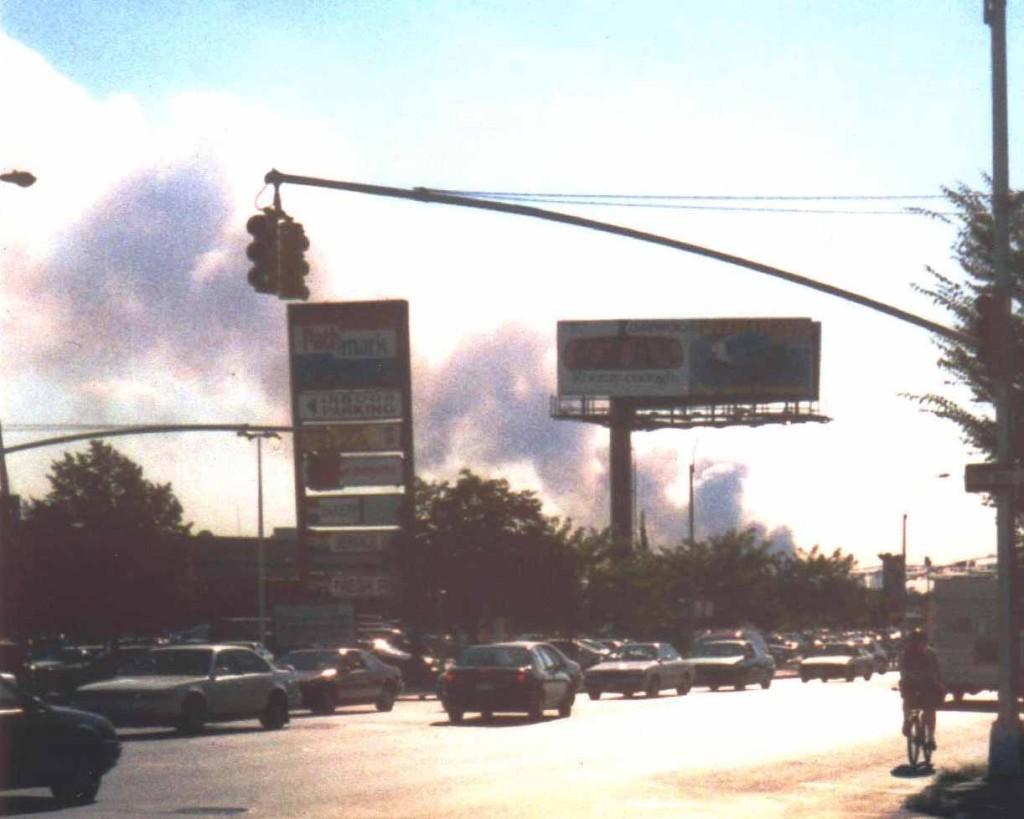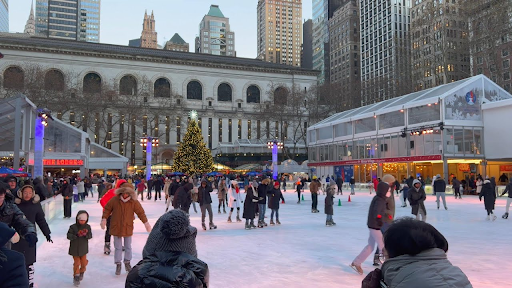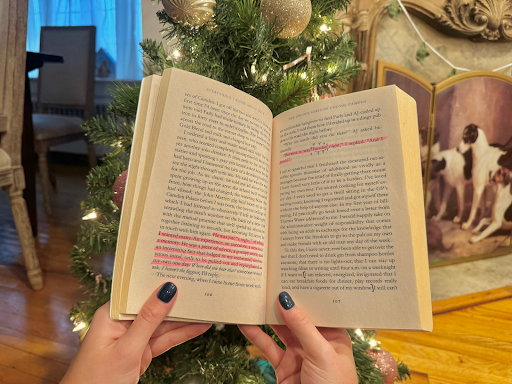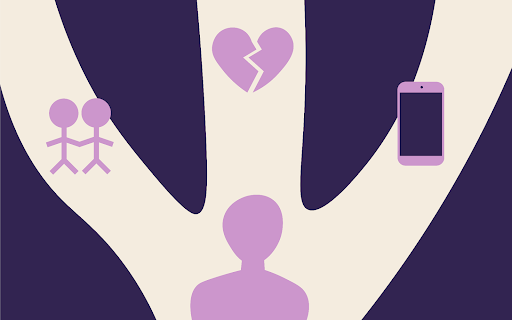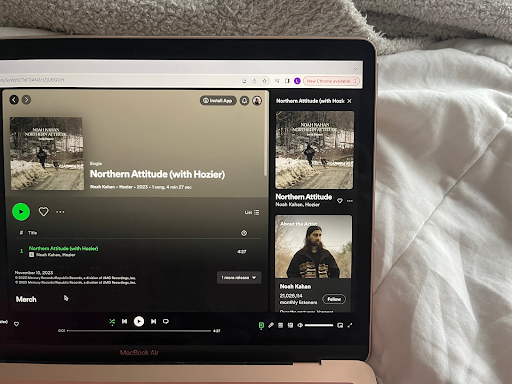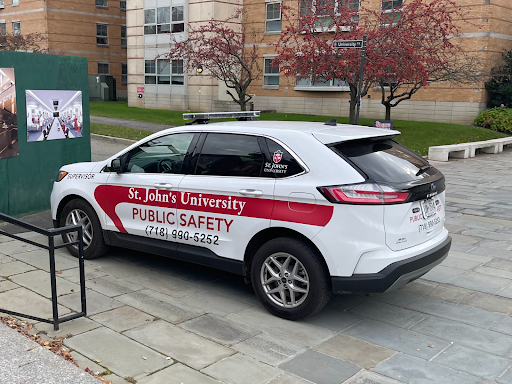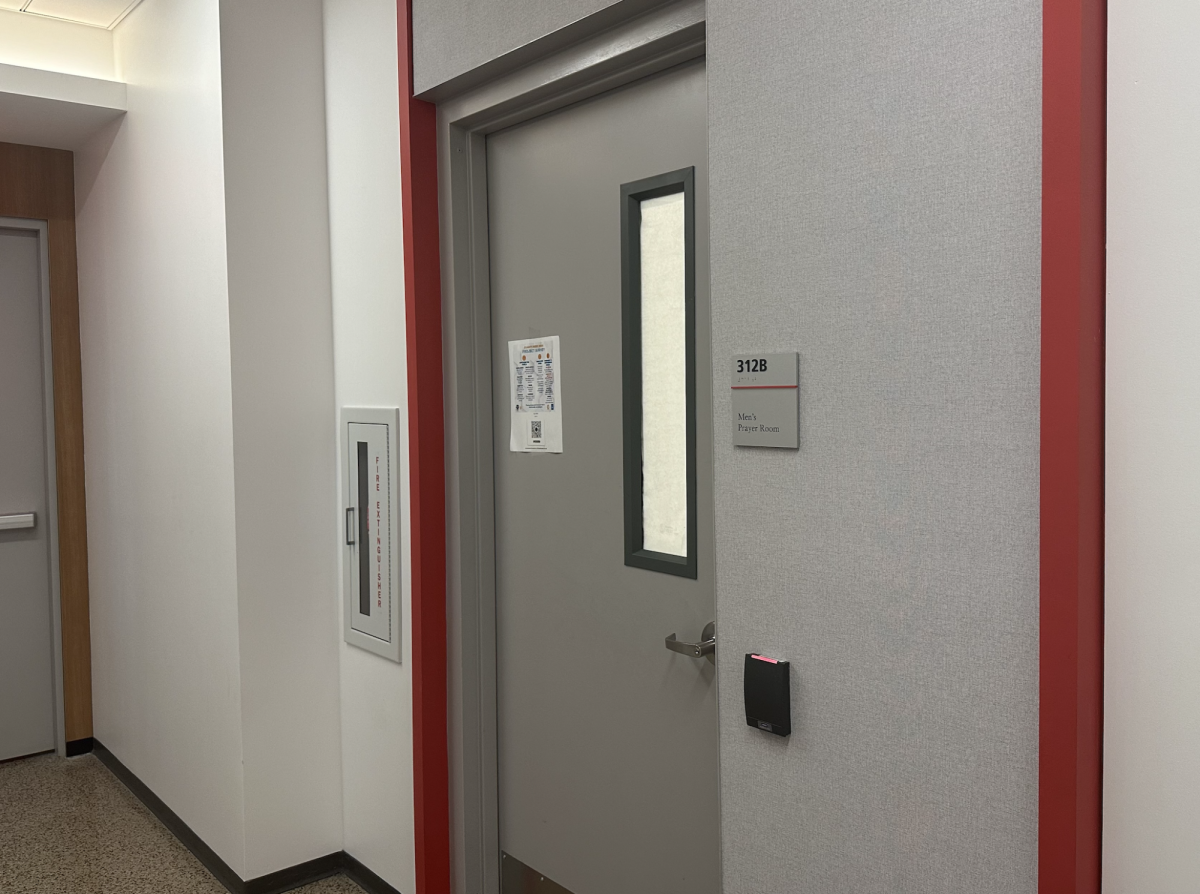Looking out his office window on the third floor of Bent Hall, Mark Prendergast can see his entire life laid out before him.
To his right is Flushing where he was born and raised, and continues to call home. Just below his office window is the St. John’s campus where he has taught for a decade and to his left is the Manhattan skyline—the city where he became a renowned journalist, building a career that led him to The New York Times.
On Sept. 11, 2001, Prendergast was an editor at the Times. And while most people were running away from Manhattan after the attacks on the World Trade Center, Prendergast was riding into the city–on his bike.
When the towers were struck and transportation into the city became non-existent, his wife drove him to Long Island City. Very few people were being let into Manhattan, the security was tight and the traffic unbearable. From LIC to the Times office in Times Square, Prendergast rode his bike the 4.5 miles.
He said if he remembers anything from that day, it is the bike ride—and the sea of faces he passed along the way.
“Once the cops let me go over the bridge, the 59th street bridge, I was riding up the steep incline on the lower level and it was just thousands of people pouring over the bridge toward me,” he said. “And nobody was talking. Nobody was saying anything.”
He said the silence was eerie. All that could be heard was the sound of thousands of feet pushing forward.
“It was silent,” he said. “I was just looking at the faces of the people. I was pedaling very slowly because the crowds were very thick, but it wasn’t so thick that I couldn’t actually ride.”
Standing on his bike pedals, Prendergast was elevated slightly above the crowd.
“They just had these almost blank stares on their faces,” he said. “It wasn’t panic, it wasn’t horror—it was just they just needed to get away from that place. And the only way that was left to them was by foot and they were doing it.”
While Prendergast was headed into the unknown, his wife, Michelle Prendergast, watched him ride off into the distance. She later told her husband she feared she would never see him again. Unbeknownst to him, she snapped a picture of him riding off; to his left is the column of smoke from the World Trade Center.
“I didn’t even know she had a camera with her,” he said, looking at the image he now has framed. “I didn’t even find out until I got home that she had taken the picture.”
In the Times office, Prendergast said, things remained professional.
“Very professional,” he said. “Everyone was stunned, of course.”
Prendergast spent the rest of the day editing stories as they came through, eventually moving off the news desk to help with copy editing.
He went home to his wife that night, and he was one of the only people riding the Long Island Railroad.
But the most difficult part of that horrific day did not come until later on, when he found out his close cousin had been killed in the attacks. On a personal level, this really hit home.
“That is by far the most powerful experience out of 9/11, was the very personal element of it,” he said. “It resonates to this day.”
Looking out his office window, the Freedom Tower stands out in the skyline and reflects the sun in the September sky. The Tower is a reminder of that horrific day 12 years ago—the sea of faces, the bike ride, his wife who captured the moment and his cousin who was taken all too soon. And most of all, a reminder to never forget.
“We mark 9/11 as a family every year,” he said. “I imagine we always will.”


